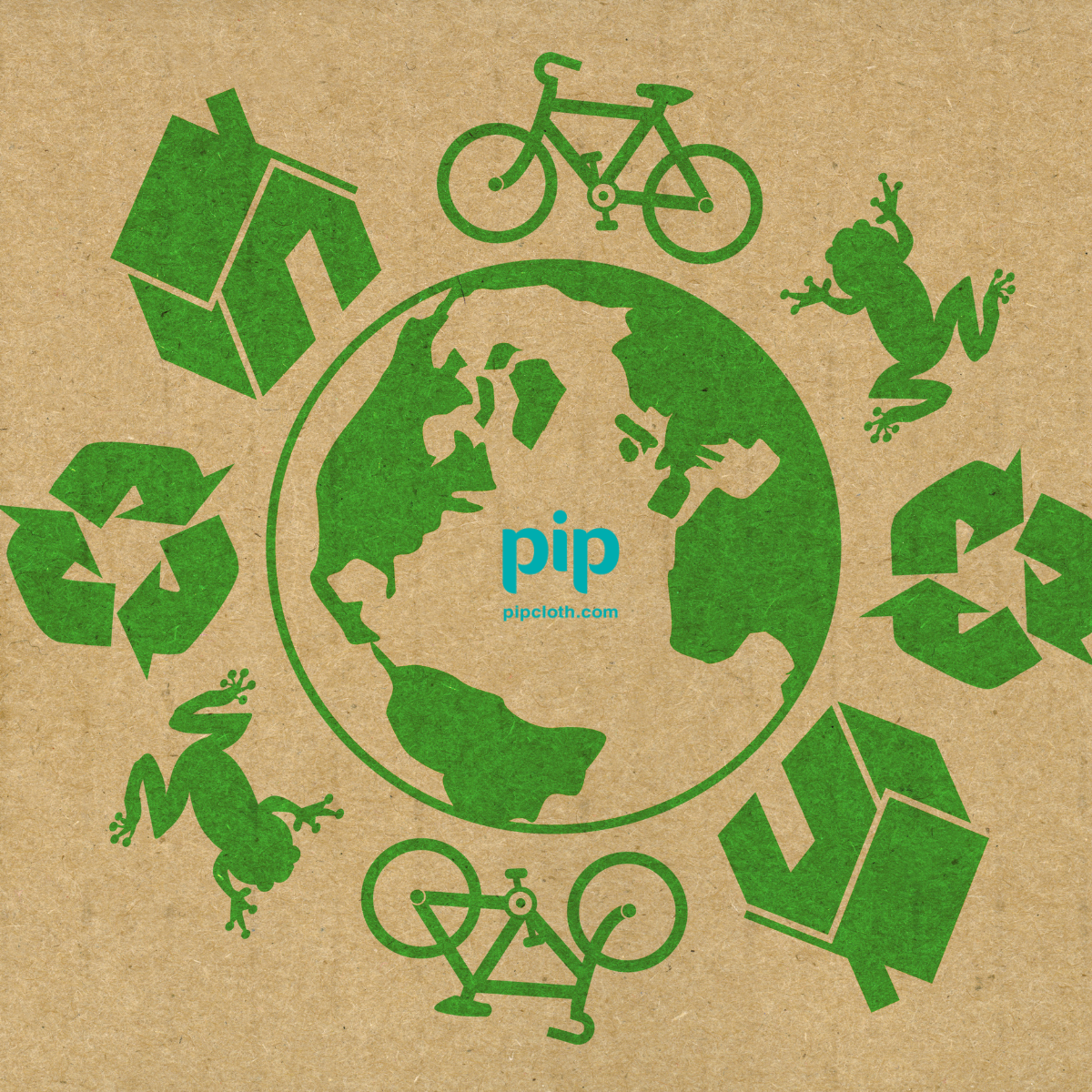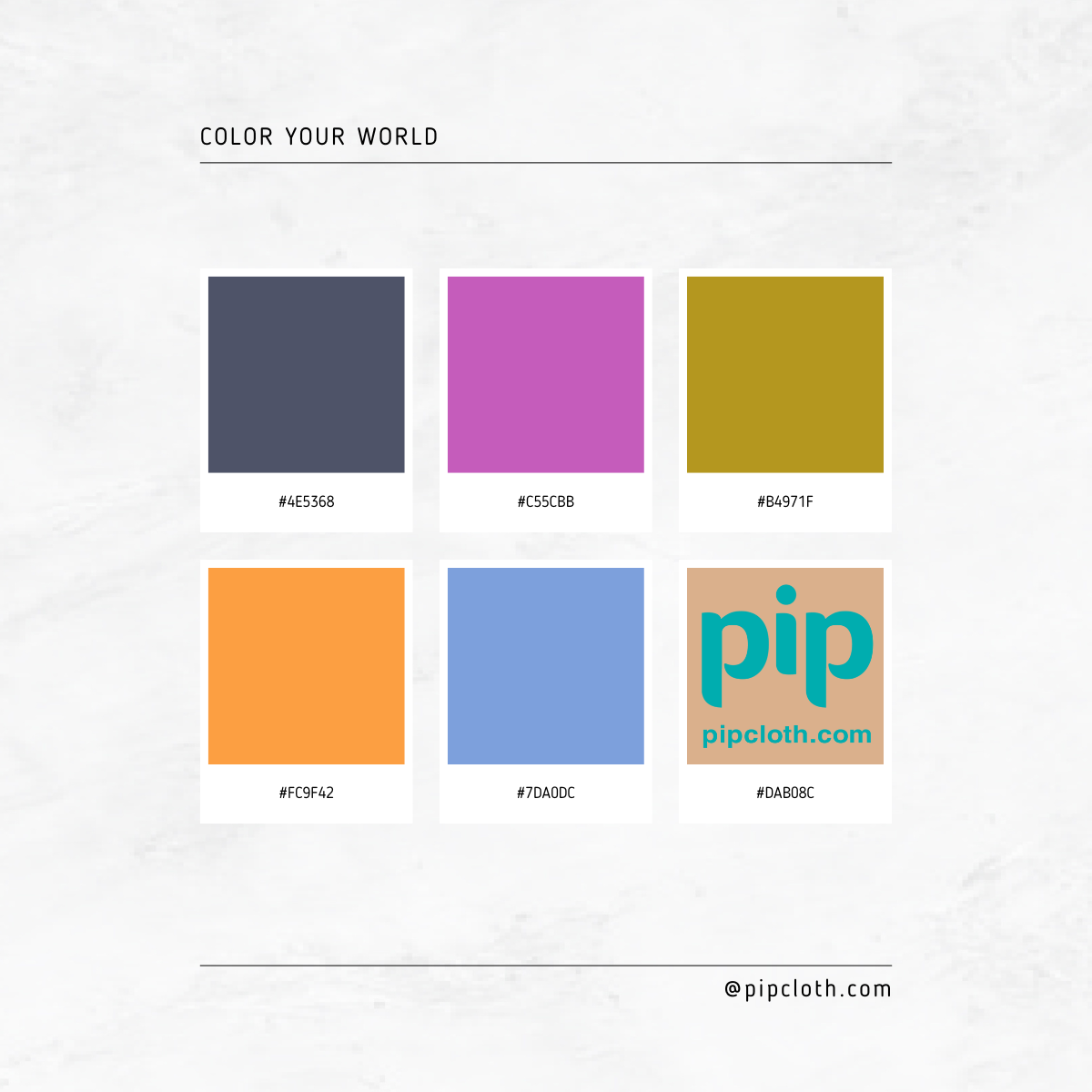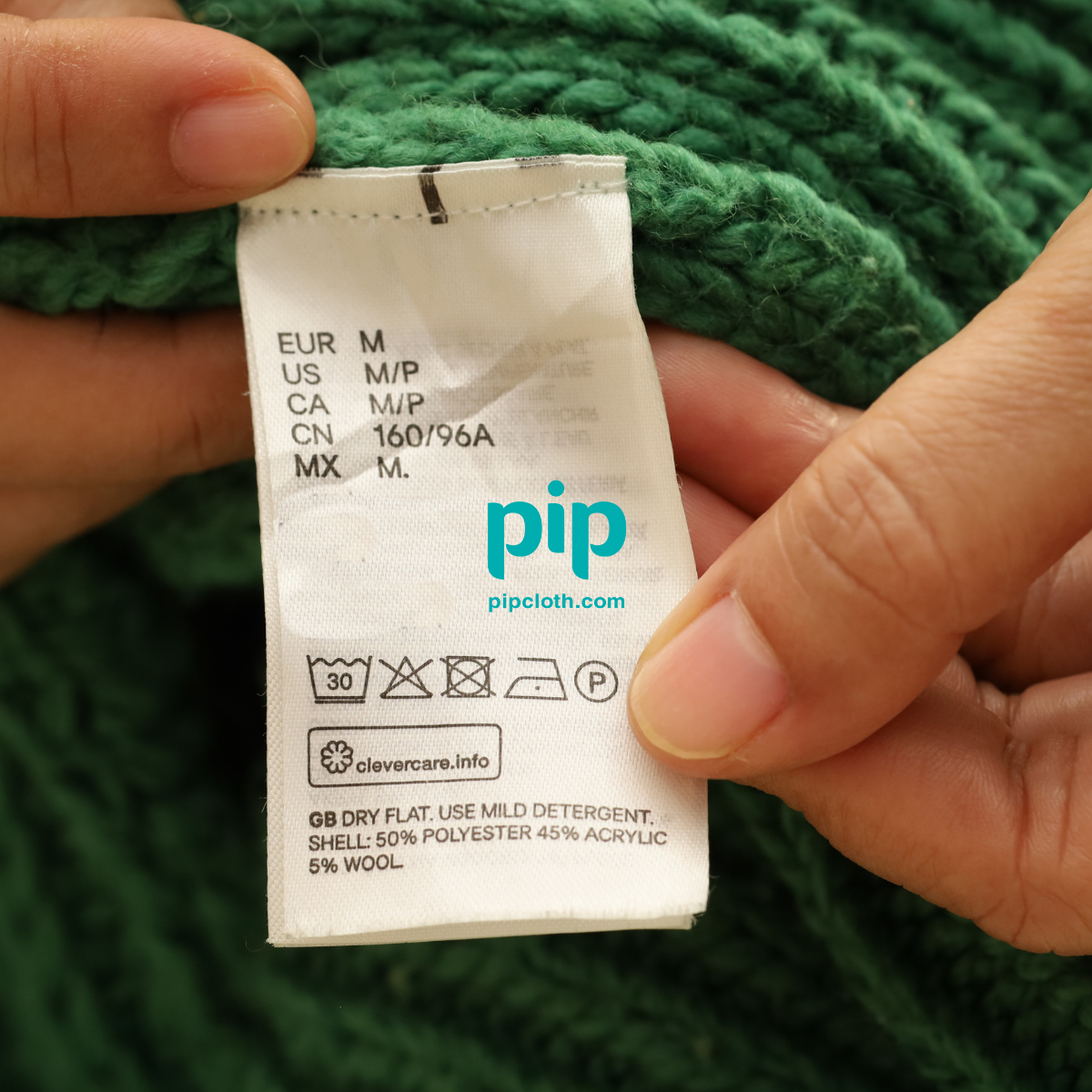Earth-Friendly Clothing Habits
When it comes to managing eco-friendly clothing, several key aspects come into play. Sustainable shopping involves choosing recycled materials, organic fabrics, and versatile garments that are built to last. Opting for high-quality clothing, adopting a minimalist approach, and considering secondhand purchases can significantly reduce waste. Supporting sustainable fashion brands and avoiding single-use items are also essential steps in the right direction.
Efficient usage of clothing is another crucial aspect of eco-friendly management. This includes wearing clothes multiple times, mixing and matching styles, repairing damaged items, and lending or swapping with friends. Renting formalwear or uniforms and sharing purchases with friends can also minimize the need for new purchases. Upcycling old garments, reducing washing frequency, and using eco-friendly detergents further contribute to sustainability.
Responsible disposal is equally important. Donating unwanted clothes, reselling used garments, and recycling unusable items help keep textiles out of landfills. Avoiding littering, separating textile waste, and understanding textile recycling processes are essential for minimizing environmental impact. Choosing biodegradable options and reducing plastic waste from clothing packaging are also crucial considerations.

Raising awareness about the environmental impact of fashion is vital for driving change. Learning about the industry’s ecological footprint, promoting a green lifestyle, and curbing fast fashion trends are important steps. Sharing knowledge on sustainable fashion, participating in environmental campaigns, and encouraging others to live green can create a ripple effect. Supporting environmental protection laws, educating children about responsible consumption, and advocating for a circular economy are all part of the solution.
Innovative solutions play a significant role in eco-friendly clothing management. Finding alternatives to resource-intensive materials like cotton, developing eco-friendly fabrics, and improving clean production processes are essential. Implementing advanced recycling technologies, designing for durability and versatility, using natural dyes, reducing water usage, transitioning to renewable energy, minimizing greenhouse gas emissions, and collaborating on research among stakeholders are all critical steps towards a more sustainable fashion industry.
Proper garment care can extend the life of clothing and reduce the need for replacements. Washing in cold water, hanging clothes to dry, using garment bags for delicates, avoiding ironing when possible, storing clothes properly, refreshing clothes between washes, and replacing buttons and zippers are all eco-friendly practices.
Adopting a minimalist wardrobe is another effective strategy. Investing in timeless pieces, choosing neutral colors, focusing on quality over quantity, creating a capsule wardrobe, embracing simplicity, avoiding impulse purchases, regularly decluttering, mixing and matching outfits, accessorizing strategically, and renting for special occasions can help reduce clothing waste.
Personal well-being is also intertwined with eco-friendly clothing management. Choosing comfortable, breathable fabrics, avoiding harmful chemicals, supporting fair labor practices, connecting with nature, practicing mindfulness in consumption, cultivating a grateful attitude, prioritizing self-care, and aligning actions with values all contribute to a more sustainable and fulfilling lifestyle.
The Rise of Eco-Friendly Tees: Sustainable Style for the Conscious Consumer
Green Accessory Care
Sustainable materials are at the core of eco-friendly accessory management. Recycled materials, organic fabrics, biodegradable materials, natural fibers, and bamboo products are excellent choices. Eco-friendly production practices, such as energy-efficient manufacturing, water conservation techniques, non-toxic dyes and finishes, waste reduction strategies, and ethical labor practices, ensure that accessories are produced responsibly. Usage and functionality are important considerations when selecting eco-friendly accessories. Reusable water bottles, eco-friendly bags and totes, sustainable phone cases, compostable food containers, and energy-efficient lighting accessories are practical choices that reduce waste. The circular economy plays a vital role in accessory management. Product recycling programs, refurbishment initiatives, secondhand marketplaces, upcycling projects, and product take-back schemes help extend the life of accessories and minimize waste. Consumer education and awareness are crucial for driving sustainable accessory choices. Eco-labeling and certifications, responsible purchasing practices, environmental impact awareness campaigns, and sharing sustainable lifestyle tips empower consumers to make informed decisions. Ethical labor practices, such as fair trade certifications, living wage initiatives, workers’ rights advocacy, and safe working conditions, ensure that accessories are produced in a socially responsible manner.
Innovative technologies, including sustainable packaging solutions, IoT-enabled waste management, blockchain for supply chain traceability, and AI-powered sustainability analytics, can revolutionize accessory management and enhance sustainability efforts. Collaborations and partnerships with NGOs, governments, sustainable fashion alliances, suppliers, and communities can accelerate progress towards eco-friendly accessory management. Design for sustainability principles, such as Cradle-to-Cradle design, minimalist and timeless designs, biomimicry-inspired solutions, user-centered approaches, and eco-friendly dyeing and printing techniques, ensure that accessories are created with the environment in mind.
Lifecycle management, including product lifecycle assessment, end-of-life recycling programs, repair and maintenance services, extended producer responsibility, and consumer engagement in recycling efforts, helps minimize the environmental impact of accessories throughout their entire lifecycle.

Eco-Conscious Footwear Choices
Sustainable materials are essential for eco-friendly shoe management. Recycled materials, organic cotton, hemp, cork, and innovative materials like Piñatex (made from pineapple leaf fiber) offer environmentally friendly alternatives to conventional shoe materials. Eco-friendly production practices, such as renewable energy usage, water conservation techniques, waste reduction strategies, non-toxic dyes and adhesives, and ethical labor practices, ensure that shoes are manufactured responsibly. nThe circular economy plays a significant role in shoe management. Shoe recycling programs, repair and refurbishment services, donation initiatives, modular shoe design, and rental services help extend the life of shoes and reduce waste.
Consumer education is crucial for promoting sustainable shoe choices. Eco-labeling and certifications, transparency about materials and production, sustainable care instructions, awareness campaigns, and influencer partnerships can help consumers make informed decisions.
Innovation and technology drive progress in eco-friendly shoe management. Bio-based materials research, 3D printing for customization, blockchain for supply chain traceability, AI for demand forecasting, and IoT for inventory management are transforming the industry. Ethical sourcing practices, such as fair trade, conflict-free minerals, animal welfare considerations, supply chain transparency, and local sourcing initiatives, ensure that shoes are produced in a socially responsible manner.
Sustainable packaging solutions, including biodegradable materials, minimalist design, reusable options, compostable packaging, and waste reduction strategies, minimize the environmental impact of shoe packaging. End-of-life solutions, such as biodegradability, composting footwear, closed-loop recycling, upcycling programs, and product take-back initiatives, help reduce shoe waste and promote circularity. Proper footwear care, including storage techniques, eco-friendly cleaning methods, repair and maintenance guidance, longevity-focused practices, and sustainable shoe care products, can extend the life of shoes and reduce the need for replacements.
Greenifying Your Home: A Guide to Eco-Friendly Décor
Sustainable materials, such as recycled materials, organic fabrics, biodegradable materials, natural fibers, and bamboo products, are the foundation of eco-friendly home decor management.
Eco-friendly production practices, including energy-efficient manufacturing, water conservation techniques, non-toxic dyes and finishes, waste reduction strategies, and ethical labor practices, ensure that home decor items are produced responsibly. Usage and functionality are important considerations when selecting eco-friendly home decor. Reusable water bottles, eco-friendly bags and totes, sustainable phone cases, compostable food containers, and energy-efficient lighting accessories are practical choices that reduce waste. The circular economy plays a vital role in home decor management. Product recycling programs, refurbishment initiatives, secondhand marketplaces, upcycling projects, and product take-back schemes help extend the life of home decor items and minimize waste.
Consumer education and awareness are crucial for driving sustainable home decor choices. Eco-labeling and certifications, responsible purchasing practices, environmental impact awareness campaigns, and sharing sustainable lifestyle tips empower consumers to make informed decisions. Ethical labor practices, such as fair trade certifications, living wage initiatives, workers’ rights advocacy, supply chain transparency, and safe working conditions, ensure that home decor items are produced in a socially responsible manner. Innovative technologies, including sustainable packaging solutions, renewable energy sources, IoT-enabled waste management, blockchain for supply chain traceability, and AI-powered sustainability analytics, can revolutionize home decor management and enhance sustainability efforts. Collaborations and partnerships with NGOs, governments, sustainable fashion alliances, suppliers, and communities can accelerate progress towards eco-friendly home decor management.
Design for sustainability principles, such as Cradle-to-Cradle design, minimalist and timeless designs, biomimicry-inspired solutions, user-centered approaches, and eco-friendly dyeing and printing techniques, ensure that home decor items are created with the environment in mind.
Lifecycle management, including product lifecycle assessment, end-of-life recycling programs, repair and maintenance services, extended producer responsibility, and consumer engagement in recycling efforts, helps minimize the environmental impact of home decor throughout its entire lifecycle. Sustainable packaging solutions, such as biodegradable materials, minimalist design, reusable options, eco-friendly packaging labels, and waste reduction strategies, minimize the environmental impact of home decor packaging. Environmental impact assessment, including carbon footprint analysis, water footprint assessment, lifecycle impact assessment, environmental performance indicators, and sustainability reporting and disclosure, helps measure and communicate the environmental performance of home decor products and companies.

All things considered
Eco-friendly product management is a multifaceted approach that encompasses sustainable materials, responsible production practices, circular economy principles, consumer education, ethical sourcing, innovative technologies, collaborations, design for sustainability, lifecycle management, sustainable packaging, and environmental impact assessment. By adopting these strategies across clothing, accessories, shoes, and home decor, businesses and consumers can significantly reduce their environmental footprint and contribute to a more sustainable future. It is essential for all stakeholders to prioritize sustainability, embrace eco-friendly practices, and continuously innovate to create a more resilient and responsible industry. As consumers, we have the power to drive change through our purchasing decisions, lifestyle choices, and advocacy efforts. By supporting eco-friendly products, adopting sustainable practices, and spreading awareness, we can collectively work towards a greener and more sustainable world.





